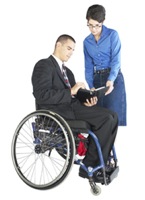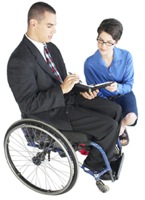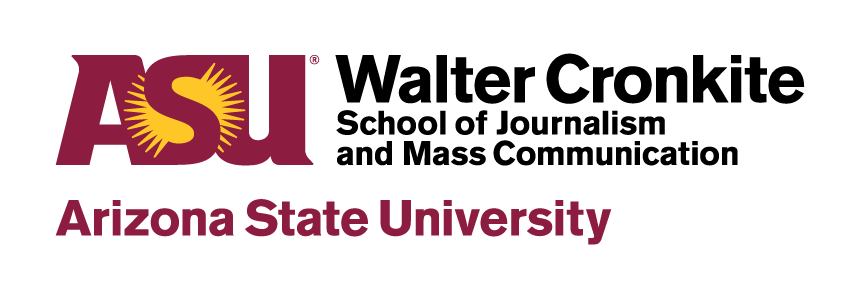The Best Tip: Ask the expert — the person you are interviewing.
Before the Interview

- Ask the interviewee if he or she requires any specific accommodation such as wheelchair access, a quiet place in which to be interviewed, an interpreter, etc. If you’re unsure about how to provide the accommodation, ask the interviewee.
- Allow plenty of time for the interview. Some will require additional time.
Setting up the Interview
- Place yourself and the camera (if applicable) at interviewee’s eye level.
- If the interview will take place on a platform and the interviewee has a physical disability, be sure there is proper physical access to the interviewing area.
During the Interview

- When interviewing a person with disability, speak directly to that person and maintain eye contact rather than interacting directly with an interpreter or companion.
- Use the same interviewing techniques and manner that you usually do. Speak in relaxed, everyday tones.
- When talking with a person with a hearing loss, be sure to face them and do not cover your mouth when you speak. Place yourself so that you face the light source and are not backlit. Wait to speak until the person is looking at you.
- When meeting an interviewee who has a visual impairment, identify yourself and others who are with you. When conversing in a group, remember to identify the person to whom you are speaking.
- Listen attentively when you are talking with a person who has difficulty speaking. Be patient and wait for the person to finish speaking rather than correcting them or speaking for them. Never pretend to understand if you are having difficulty doing so. Instead, repeat what you believe was said and allow the person to respond.
- When covering an event where a sign or oral interpreter is present, be aware of the communication between an interpreter or real-time captioner and the person using the service. Avoid walking between them or blocking their communication. Often people who use interpreters are located near the front of a room in a designated section. Remember, blocking this communication is like pulling the plug on the public address system.
Other Suggestions

- Focus on the person you are interviewing, not the disability.
- Shake hands when greeting a person with a disability. People with prosthetics or limited hand motion usually shake hands.
- If you offer assistance, wait until the offer is accepted. Then listen or ask for instructions on how to proceed.
- A wheelchair or other assistive devise is part of the person’s body space. Do not lean or hang on a person’s wheelchair.
- Service animals and guide dogs are working. Do not make eye contact, praise, talk or pet the animal as it is distracting for the animal and owner.

